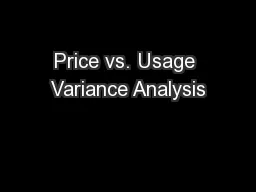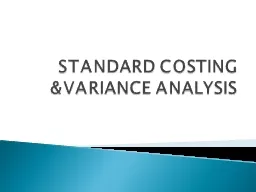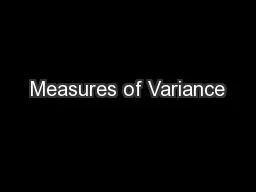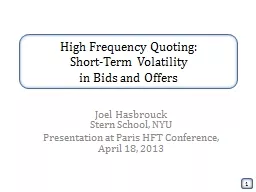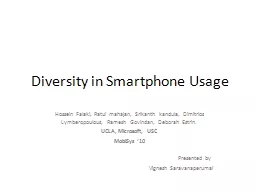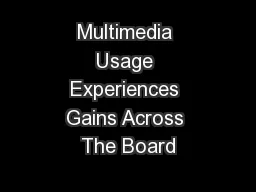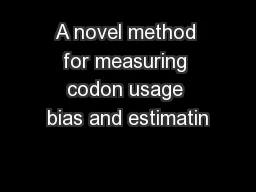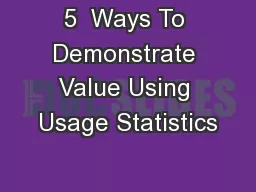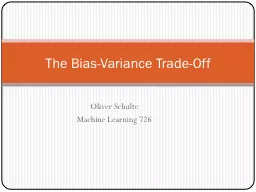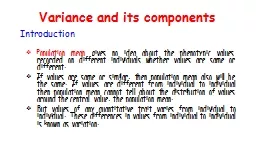PPT-Price vs. Usage Variance Analysis
Author : lois-ondreau | Published Date : 2017-06-01
August 2013 NAVY CEVM Outline Price vs Usage Analysis Concept Price vs Usage Analysis f ormulas for both labor and material Labor Price vs Usage example Material
Presentation Embed Code
Download Presentation
Download Presentation The PPT/PDF document "Price vs. Usage Variance Analysis" is the property of its rightful owner. Permission is granted to download and print the materials on this website for personal, non-commercial use only, and to display it on your personal computer provided you do not modify the materials and that you retain all copyright notices contained in the materials. By downloading content from our website, you accept the terms of this agreement.
Price vs. Usage Variance Analysis: Transcript
Download Rules Of Document
"Price vs. Usage Variance Analysis"The content belongs to its owner. You may download and print it for personal use, without modification, and keep all copyright notices. By downloading, you agree to these terms.
Related Documents

